WHAT IS NDT (NON-DESTRUCTIVE TESTING)?
What Is NDT (Non-Destructive Testing)?
NDT, or Non-Destructive Testing, is a set of inspection techniques that allow inspectors to gather information about materials, systems, or components without causing any damage. This approach is crucial in industries where maintaining the integrity of structures and equipment is vital for safety and performance.
NDT stands for Non-Destructive Testing, a term used across various fields to describe methods that evaluate the condition of an object without altering it. These techniques are essential for ensuring the reliability and safety of critical infrastructure, from pipelines to aircraft parts.
While often associated with industrial applications like inspecting boilers or pressure vessels, NDT also plays a significant role in medical imaging, such as X-rays and ultrasounds, which help diagnose health conditions without harming the patient.
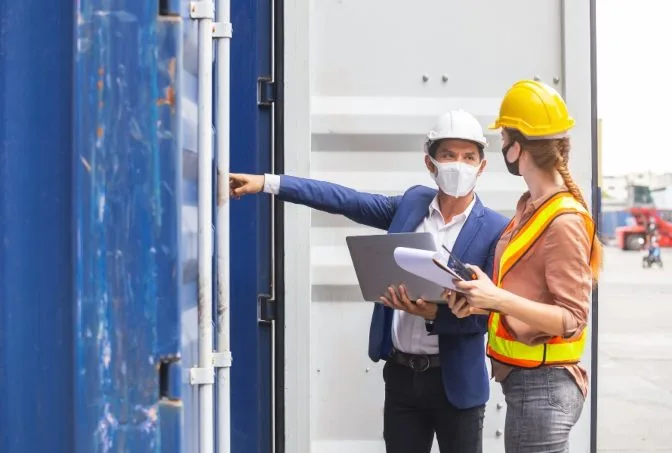
The primary goal of NDT in commercial settings is to prevent catastrophic failures by identifying potential issues before they escalate. This proactive approach helps save costs, time, and resources while ensuring compliance with safety standards.
Although some NDT methods require specialized tools, others can be as simple as a visual inspection. For example, an inspector might examine the exterior of a pressure vessel with their eyes or use a drone to access hard-to-reach areas safely.
Regardless of the method, the core principle remains the same: collect accurate data without compromising the material's integrity. This makes NDT a valuable tool in both maintenance and quality assurance processes.
What Is NDT?
We’ve already explored what NDT stands for and its general usage. Now let’s dive deeper into why it's so important and how it’s applied in different sectors.
The Importance of NDT
Non-Destructive Testing is a cornerstone of modern engineering and safety protocols. Here are several key reasons companies rely on NDT:
-
Savings. NDT allows for inspections without damaging the inspected item, saving money and reducing waste compared to destructive testing methods.
-
Safety. Most NDT techniques are safe for operators, making them ideal for environments where human exposure to hazardous materials or conditions is a concern.
-
Efficiency. NDT methods enable quick and thorough evaluations, which is crucial for maintaining operational continuity in industries like energy and manufacturing.
-
Accuracy. With proper training and equipment, NDT provides reliable results that support informed decision-making and long-term asset management.
"NDT is the backbone of any well-maintained facility. The importance of NDT is recognized by every trained inspector, who understands that accurate and repeatable results depend on skilled technicians with the right certifications and equipment knowledge," says Jason Acerbi, General Manager at MFE Inspection Solutions.
Where is NDT Used?
NDT is widely used across numerous industries, including oil and gas, power generation, aerospace, and automotive. These sectors rely on NDT to ensure the structural integrity of critical assets and comply with regulatory standards.
Common methods for accessing difficult areas include scaffolding, rope access, and drones. Drones, in particular, have revolutionized NDT by enabling remote inspections of high-risk or hard-to-reach locations, improving both safety and efficiency.
Here are some of the most common industries that utilize NDT:
- Oil & Gas
- Power Generation
- Chemicals
- Mining
- Aerospace
- Automotive
- Maritime
NDT Codes and Standards
NDT procedures are governed by strict codes and standards established by organizations like API, ASME, and ASTM. These guidelines ensure consistency, accuracy, and safety in inspections, especially for high-risk equipment such as boilers and pressure vessels.
Many countries require periodic inspections conducted by certified professionals, with results approved by authorized witnesses. Adhering to these standards not only ensures compliance but also enhances the reliability of inspection outcomes.
Some of the most influential organizations in NDT include:
- API (American Petroleum Institute)
- ASME (American Society for Mechanical Engineers)
- ASTM (American Society for Testing and Materials)
- ASNT (American Society For Nondestructive Testing)
- COFREND (French Committee for Non-destructive Testing Studies)
- CSA Group (Canadian Standards Association)
- CGSB (Canadian General Standards Board)
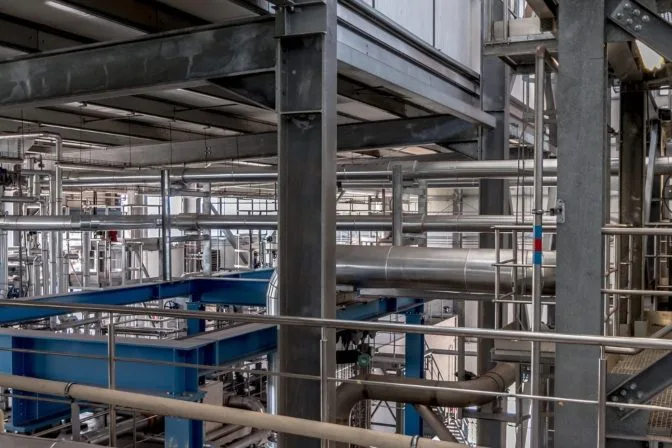
What Is the Difference Between Destructive Testing and Non-Destructive Testing?
Non-Destructive Testing (NDT) involves inspecting materials without altering them, while Destructive Testing (DT) requires modifying or destroying the material to analyze its properties. The choice between the two depends on the specific needs of the inspection and the consequences of damaging the material.
Destructive testing methods, such as macro sectioning, tensile testing, and 3-point bend testing, are often used to assess material strength and failure points. However, these methods are typically reserved for cases where the material is no longer needed or when detailed analysis is required.
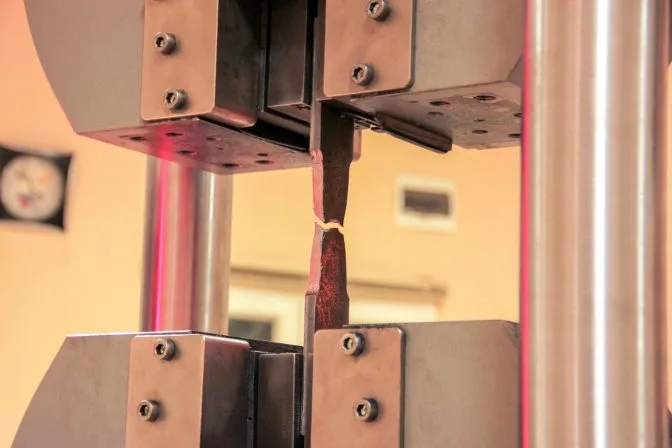
Understanding the differences between NDT and DT is essential for selecting the appropriate inspection method and ensuring the safety and longevity of critical assets.
NDT and NDE
While NDT is the most commonly used term, other related terms like NDE (Non-Destructive Examination) and NDI (Non-Destructive Inspection) are also used. These terms are often used interchangeably, though they may refer to slightly different aspects of the inspection process.
NDE typically refers to the examination or evaluation of materials, while NDI focuses on the actual inspection process. Understanding these distinctions can help in choosing the right terminology for specific applications.
The 8 Most Common NDT Methods
There are several NDT techniques used to gather different types of data, each requiring unique tools, training, and preparation. Some methods provide surface-level insights, while others offer volumetric assessments. The choice of method depends on the material type, the nature of the inspection, and the desired level of detail.
Here are the eight most commonly used NDT techniques:
- Visual Testing (VT)
- Ultrasonic Testing (UT)
- Radiography Testing (RT)
- Eddy Current Testing (ET)
- Magnetic Particle Testing (MT)
- Acoustic Emission Testing (AE)
- Dye Penetrant Testing (PT)
- Leak Testing (LT)
1. Visual Testing (VT)
Definition: Visual Non-Destructive Testing is the simplest form of inspection, involving the direct observation of a material’s surface using the naked eye or tools like RVI cameras. It is often the first step in any inspection process.

How to Conduct Visual Testing
Visual Testing can be done manually or with the help of remote tools. Inspectors use flashlights for indoor inspections and RVI devices like cameras or drones to access hard-to-reach areas. This method is cost-effective and provides immediate feedback.
Read our guide on visual testing.
2. Ultrasonic Testing (UT)
Definition: Ultrasonic Non-Destructive Testing uses high-frequency sound waves to detect internal flaws in a material. It is particularly effective for identifying cracks, voids, and other defects that may not be visible on the surface.
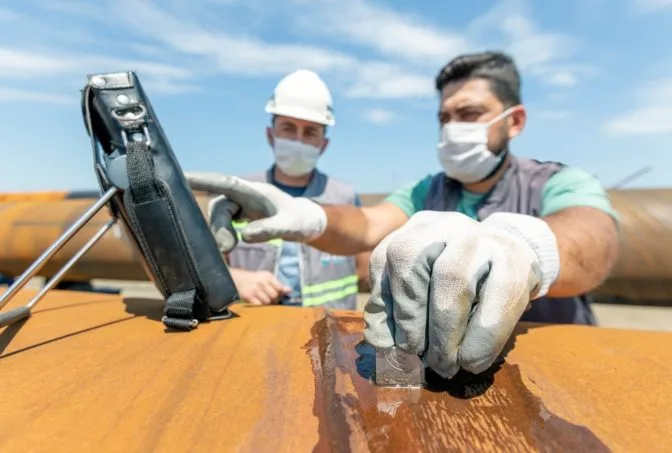
How to Conduct Ultrasonic Testing
Ultrasonic Testing works by sending sound waves through a material and measuring the reflections. Techniques like pulse echo, phased array, and TOFD are commonly used to analyze the material's structure and identify potential issues.
Read our guide on ultrasonic testing.
3. Radiography Testing (RT)
Definition: Radiography Non-Destructive Testing uses X-rays or gamma rays to create images of a material’s internal structure. It is useful for detecting flaws that are not visible on the surface, such as porosity or inclusions.
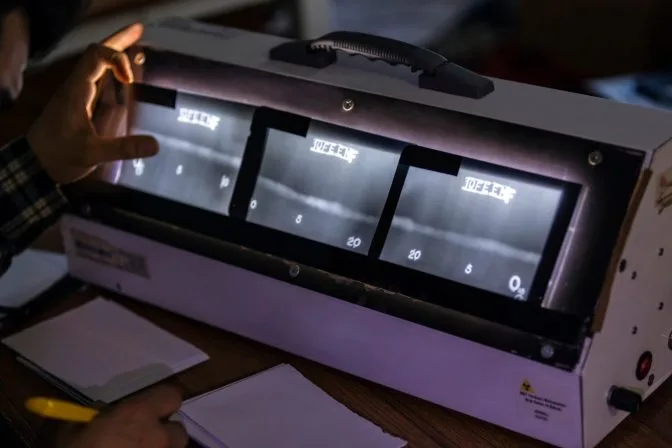
How to Conduct Radiography NDT Testing
Radiography Testing involves exposing a material to radiation and capturing the resulting image on film or a digital detector. This technique is widely used in industries where internal defects could compromise the integrity of a component.
Read our guide on industrial radiography.
4. Eddy Current (Electromagnetic) Testing (ET)
Definition: Eddy Current Non-Destructive Testing uses electromagnetic induction to detect surface and near-surface flaws in conductive materials. It is particularly useful for identifying cracks, corrosion, and material thinning.
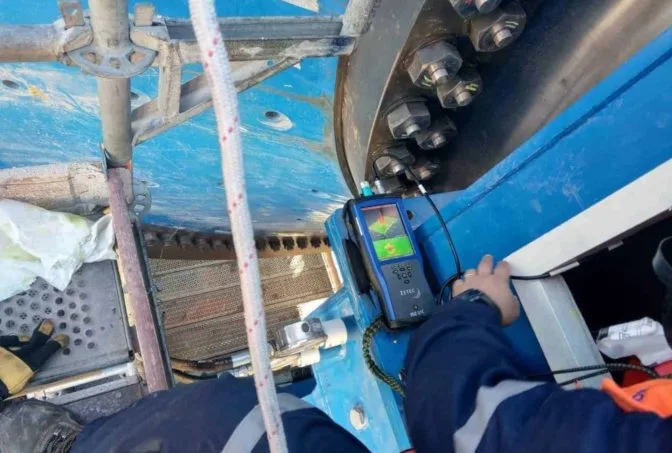
How to Conduct Eddy Current Testing
Eddy Current Testing involves generating a magnetic field around a conductive material and measuring the resulting eddy currents. Any disruptions in the current flow indicate the presence of defects, making this method highly sensitive and versatile.
Read our guide on eddy current testing.
5. Magnetic Particle Inspection (MPI)
Definition: Magnetic Particle Non-Destructive Testing is used to detect surface and subsurface flaws in ferromagnetic materials. It works by inducing a magnetic field in the material and applying iron particles to reveal any discontinuities.
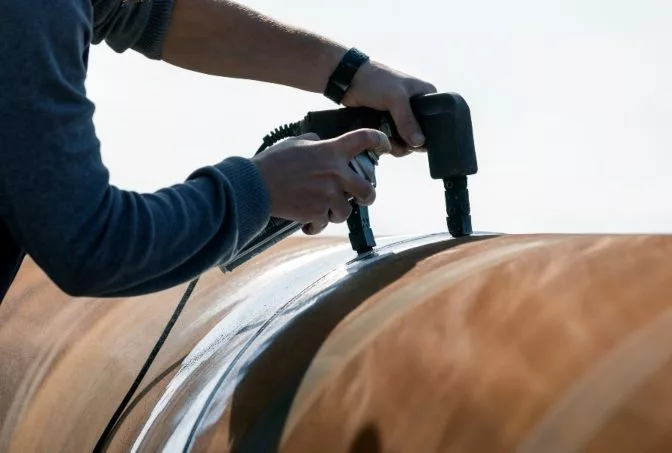
How to Conduct Magnetic Particle Inspection
MPI involves magnetizing a material and then applying fine iron particles to its surface. These particles align along the magnetic field lines, revealing any surface or subsurface flaws. This method is widely used in the aerospace and automotive industries.
Read our guide on magnetic particle inspection.
6. Acoustic Emission Testing (AE)
Definition: Acoustic Emission Non-Destructive Testing detects and analyzes acoustic signals generated by a material under stress. These signals can indicate the presence of defects or structural changes in real-time.
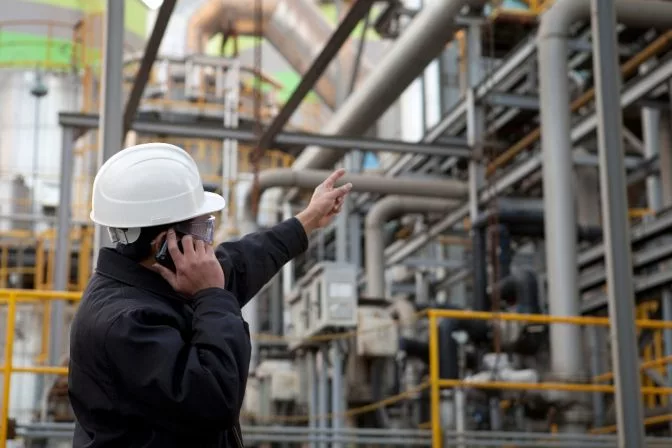
How to Conduct Acoustic Emission Testing
Acoustic Emission Testing involves placing sensors on a material to detect and record acoustic emissions. By analyzing the intensity, location, and timing of these emissions, inspectors can identify potential defects or structural weaknesses.
Read our guide on acoustic emission testing.
7. Dye Penetrant Testing (PT)
Definition: Dye Penetrant Non-Destructive Testing, also known as Liquid Penetrant Testing, is used to detect surface-breaking flaws in non-porous materials. It involves applying a dye to the surface and then removing excess dye to reveal any defects.
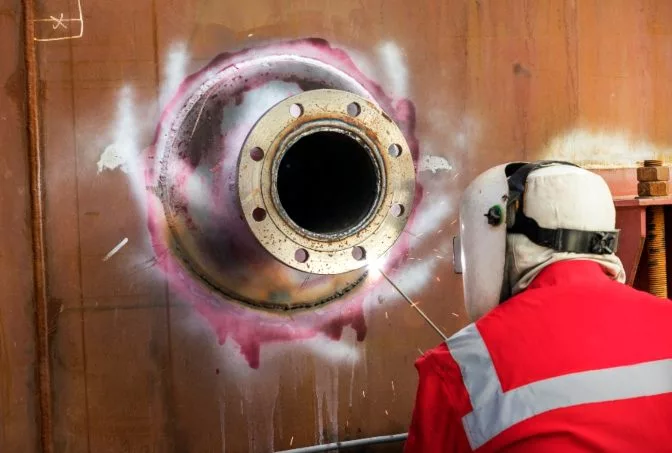
How to Conduct Penetrant Testing
Penetrant Testing involves coating the material with a liquid penetrant, allowing it to seep into surface flaws, and then removing the excess. A developer is applied to draw out the penetrant, making the flaws visible under UV light or with the naked eye.
Read our guide on dye penetrant testing.
8. Leak Testing (LT)
Definition: Leak Non-Destructive Testing is used to identify leaks in vessels, pipes, or structures. This method is essential for ensuring the integrity of systems that handle gases or liquids under pressure.
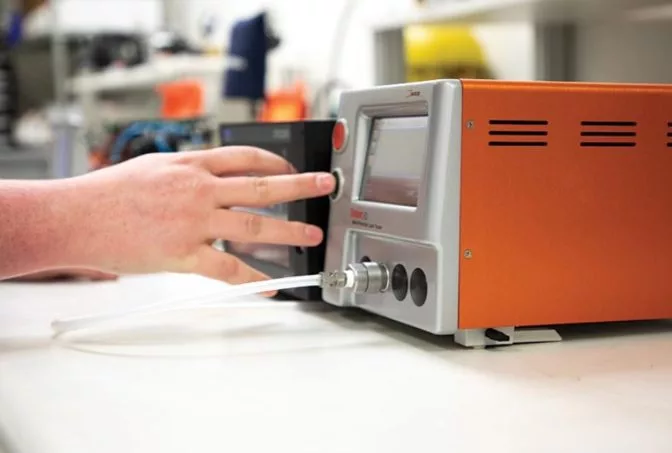
How to Conduct Leak Testing
Leak Testing can be performed using various methods, including pressure gauges, soap-bubble tests, and electronic listening devices. Each method has its own advantages and is suitable for different types of systems and environments.
Read our guide on leak testing.
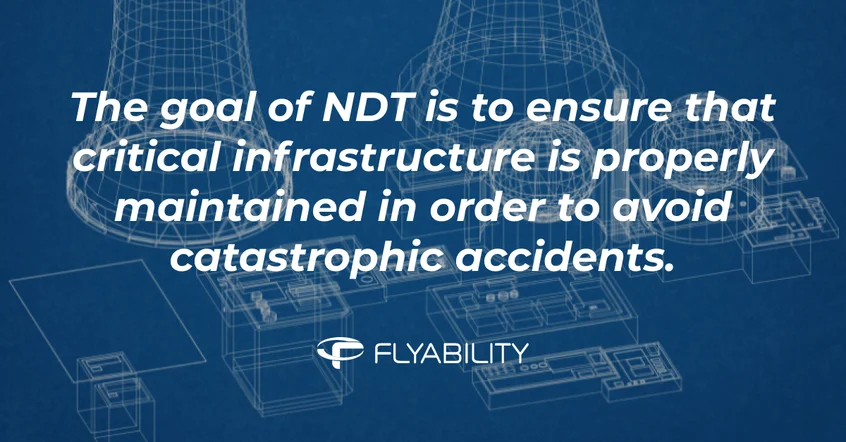
Welding NDT
Welding NDT is the use of non-destructive testing to inspect welds for defects that could compromise their integrity. Welds are critical components in many industrial structures, and improper welding can lead to serious failures.
Common defects found in welds include poor quality due to slag, fatigue from human error, and flaws caused by incorrect techniques. Environmental factors such as temperature extremes and incompatible materials can also affect weld integrity.
The most common welding NDT methods include:
- Ultrasonic Testing (UT)
- Magnetic Particle Inspection (MT)
- Acoustic Emission Testing (AE)
- Dye Penetrant Testing (PT)
- Radiography Testing (RT)
- Eddy Current Testing (ET)
Visual inspection is also used to assess weld quality, though it may not provide the same level of detail as other methods. Regular NDT is essential for ensuring the safety and reliability of welded structures.
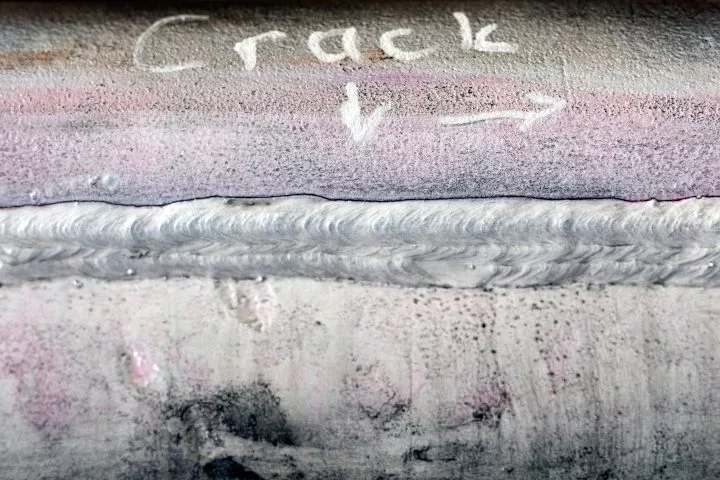 Welding NDT test of a crack performed via magnetic particle inspection
Welding NDT test of a crack performed via magnetic particle inspection
The goal of using NDT for welding is to identify surface or internal defects that could lead to failure. This is especially important in industries where the consequences of a failed weld could be catastrophic, such as in pressure vessels or pipelines.

What is the best NDT welding inspection method?
While all the above methods are valid, the best option for welding NDT is often ultrasonic testing using a phased array approach. This method is fast, efficient, and provides high-quality data, making it ideal for complex weld inspections.
Phased array ultrasonic testing allows for precise defect detection and is less time-consuming than traditional methods, making it a popular choice in many industries.
Destructive and Non-Destructive Testing in Welding
Although NDT is widely used for weld inspections, destructive testing is also employed in certain cases. This includes methods like guided bend testing, macro etch testing, and transverse tension testing, which involve physically altering the weld to assess its properties.
Destructive testing is typically used when more detailed analysis is required, such as in research or when verifying the performance of a new welding technique.
How Drones Can Help with NDT
In recent years, drones equipped with cameras have become a valuable tool in NDT, particularly for collecting visual data. Initially limited to supplementary roles, drones are now being used to replace manual inspections in many scenarios.
By eliminating the need for inspectors to enter dangerous or hard-to-reach areas, drones significantly improve safety. They also reduce downtime and costs associated with traditional inspection methods like scaffolding or rope access.
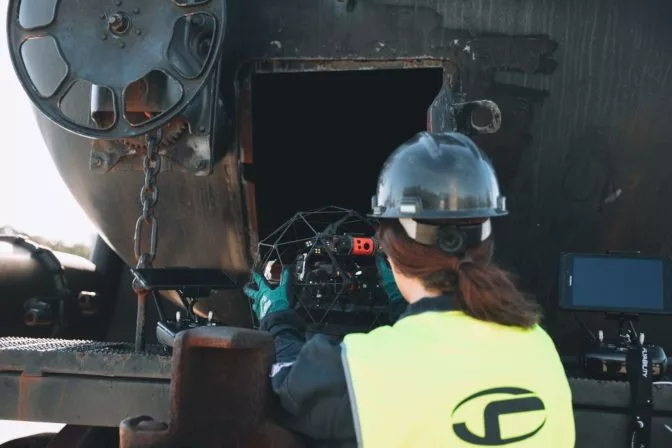
Two major benefits of using drones in NDT are safety and cost savings. In indoor inspections, drones eliminate the need for inspectors to enter confined spaces, reducing the risk of accidents. In outdoor settings, they minimize the time inspectors spend at heights, improving overall safety.
Additionally, drones can increase the frequency of inspections, allowing for earlier detection of potential issues. This leads to better asset management and reduced long-term costs.
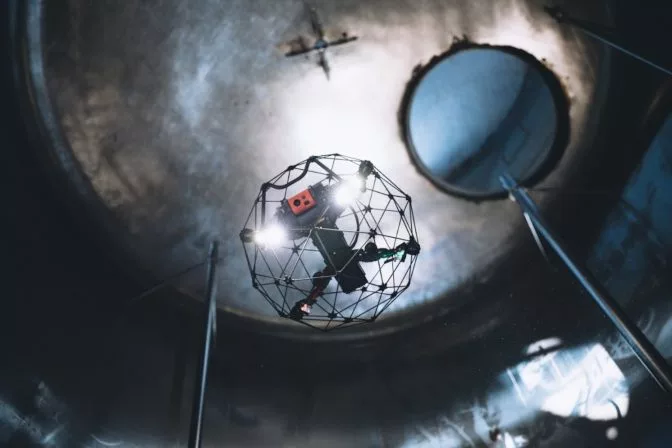
What’s Next for Drones in NDT?
Initially used primarily for visual data collection, drones are now being equipped with a range of sensors for NDT applications. These include thermal, ultrasonic, magnetic, and radiographic sensors, expanding the scope of what can be detected remotely.
Advancements in software have also enhanced the value of drone-based NDT. Programs like Inspector 4.0 allow inspectors to create 3D models of assets, helping to pinpoint defects quickly and accurately. This integration of hardware and software is transforming the way inspections are conducted.
With the rise of machine learning and AI, future NDT systems will be even more capable of analyzing large volumes of data efficiently. This will further improve the accuracy and speed of inspections, making NDT more accessible and effective for a wide range of industries.
Read about the seven major benefits drones provide for NDT.
Â
Artware Ceramic And Health Care Ceramic
Artware Ceramic And Health Care Ceramic,Artware Ceramic,Health Care Ceramic,Health Ceramics
Yixing Xiangyang Jiujiu Chinaware Industry Co., Ltd. , https://www.xyjjceramic.com